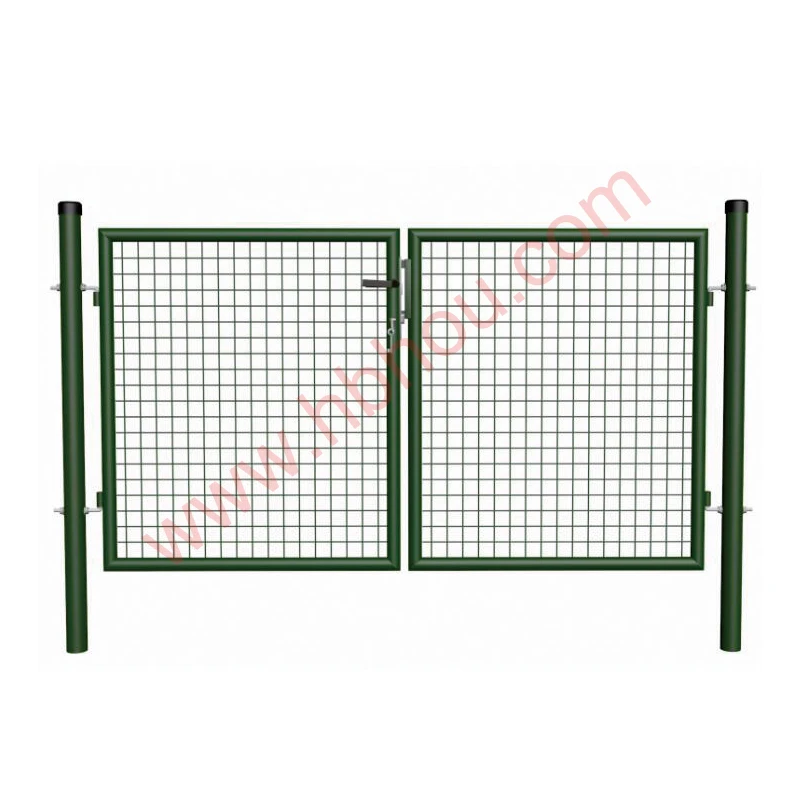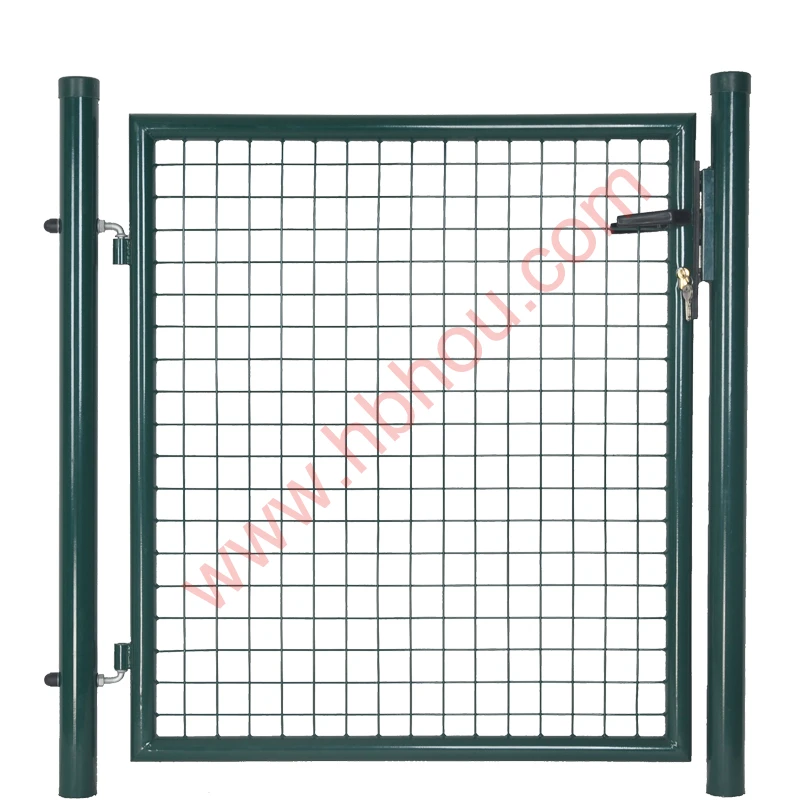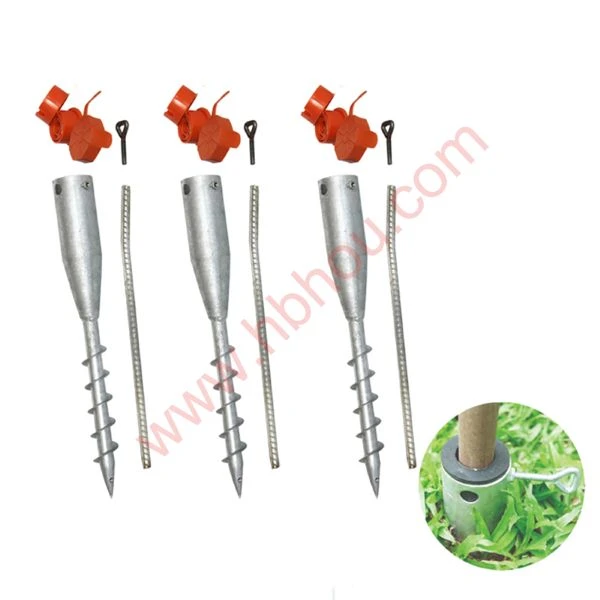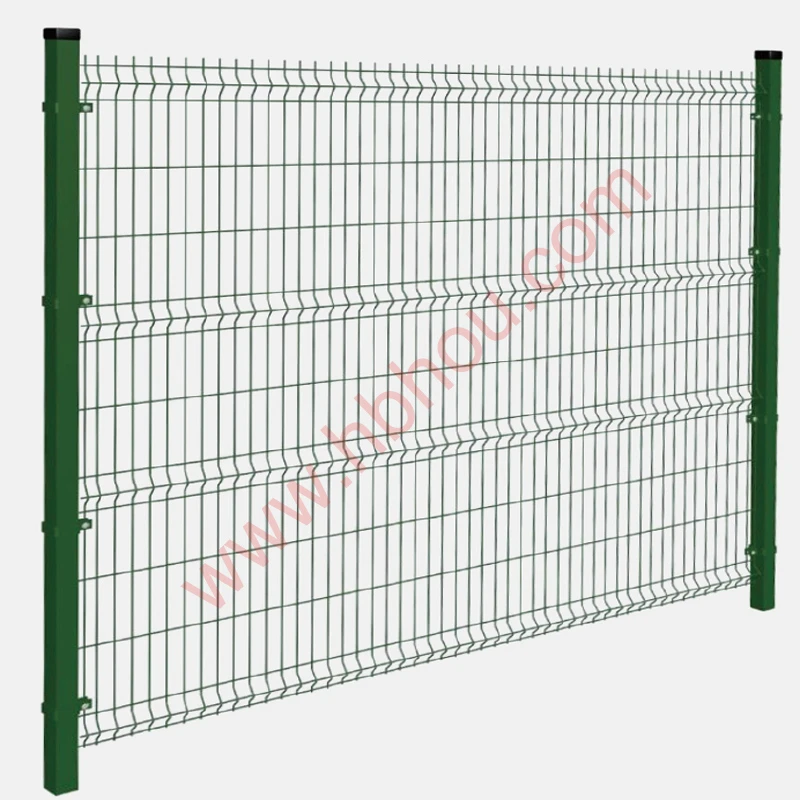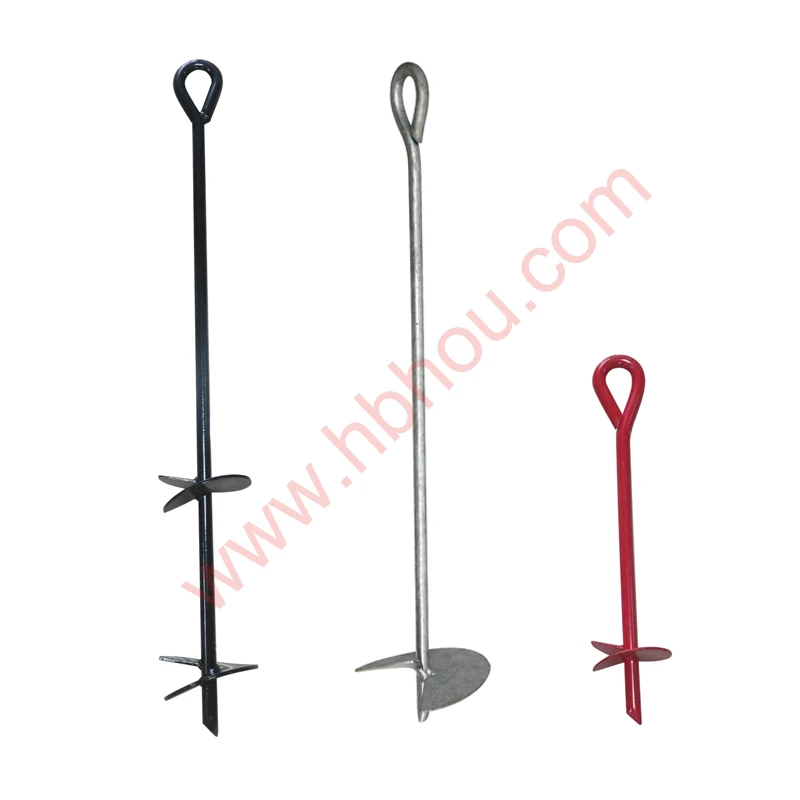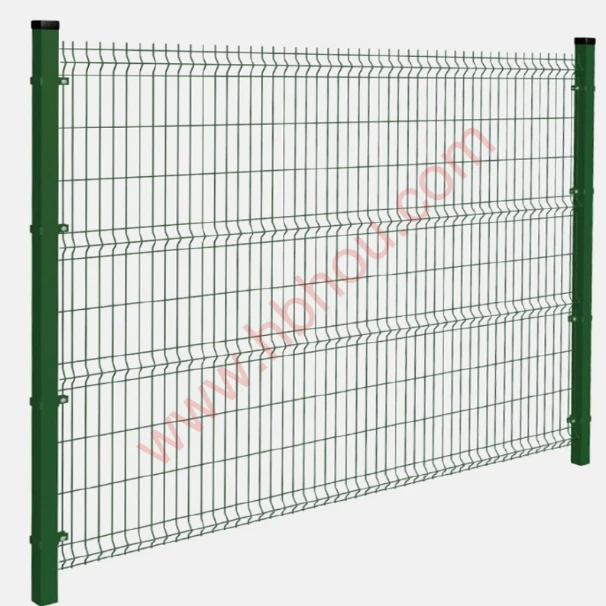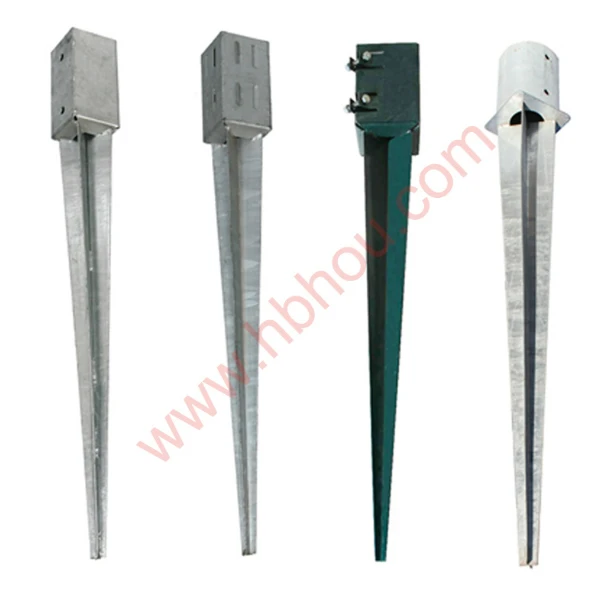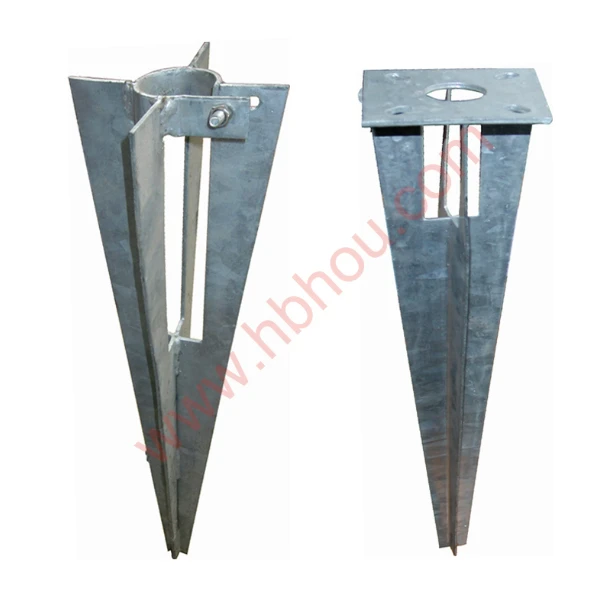Installing Chicken Wire Fence A Comprehensive Guide
When it comes to keeping your chickens safe and secure, installing a chicken wire fence is one of the most effective methods. A well-constructed chicken wire fence not only keeps your feathery friends inside but also protects them from predators. This guide will take you through the essentials of installing a chicken wire fence, ensuring that you create an effective barrier for your flock.
Step 1 Gather Materials
Before you begin the installation process, it is important to gather all necessary materials. Here's a list of what you'll need
- Chicken wire Typically available in rolls, choose a height that suits your needs—usually 3 to 4 feet tall. - Wooden or metal fence posts These will serve as the backbone of your fence. Wooden posts must be treated for longevity. - Fence staples or nails Used to attach the chicken wire to the posts. - A hammer or staple gun For securing the wire. - Wire cutters To trim the chicken wire to the appropriate lengths. - A leveling tool or measuring tape To ensure that your posts are straight and evenly spaced. - Optional Fence post concrete mix for added stability.
Step 2 Plan Your Layout
Deciding where to install your chicken wire fence is critical. Choose a location that offers enough space for your chickens to roam without overcrowding. Use stakes or markers to outline the perimeter, ensuring that the area is level and clear of any debris. It's also essential to consider access points, as you will need to enter and exit the enclosure regularly for feeding and cleaning.
As a general rule, make significant considerations for gates. Positions for your gates should be easily accessible and located in a spot that allows for smooth entry and exit, especially when carrying feed or supplies.
Step 3 Install the Fence Posts
Once your layout is set, it's time to install the fence posts. Begin by digging holes for each post; they should be approximately 2 feet deep for adequate support. Place the posts in the holes and fill them with dirt, making sure they are vertical and aligned. For added stability, consider using concrete mix to secure the posts in place. Allow the concrete to cure fully before moving on to the next step; this could take a day or two, depending on the brand of concrete used.
Step 4 Attach the Chicken Wire
installing chicken wire fence
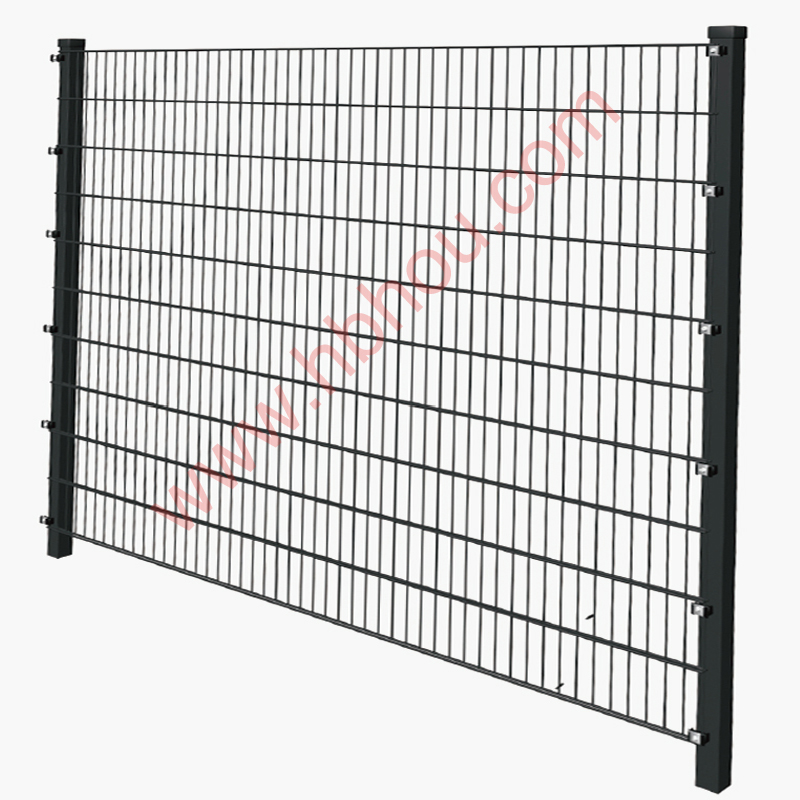
With the posts securely in place, roll out the chicken wire along the perimeter of your fence. Ensure that the bottom edge of the wire is flush with the ground to prevent chickens from digging underneath. Begin fastening the chicken wire to the posts using staples or nails, spacing them every few inches to ensure a secure hold. If you need to create curves or angles in your fence design, use wire cutters to trim the chicken wire accordingly.
As you work your way around the fence, be cautious to keep the wire taut but not overly stretched, as this could lead to tearing. When you reach the end of a roll, secure the overlap with wire ties or twist ties for added strength.
Step 5 Create a Secure Entry Point
To allow easy access to the chicken coop or feeding area, you’ll need to install a gate. You can either purchase a pre-made gate or construct one using the same materials. Make sure the gate is sturdy and has a secure latch to prevent any potential escapes.
Step 6 Inspect for Gaps or Weaknesses
After the installation is complete, it's crucial to inspect your chicken wire fence for any gaps or weaknesses. Check for places where the wire may be loose and re-secure it as needed. Pay special attention to the ground level to ensure that there are no gaps that chickens could exploit to escape or that predators could use to gain access.
Step 7 Maintenance
A chicken wire fence can last for years if maintained properly. Regularly inspect your fence for signs of wear, rust, or damage from the elements or animals. Amend any issues promptly to ensure the safety of your chickens.
Conclusion
Installing a chicken wire fence is an effective way to create a secure environment for your chickens. By following these steps, you can ensure that your chickens remain safe from predators and have plenty of space to roam. With a little time and effort, your chicken wire fence will provide a safe haven for your poultry, allowing you to enjoy the benefits of keeping chickens without unnecessary worry.









